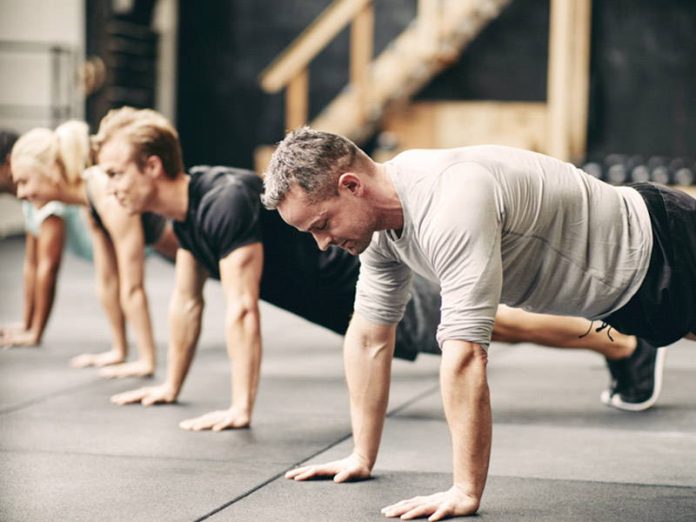Circuit training is a form of body-conditioning that combines high intensity exercises with strength/resistance training. A ‘circuit’ is assigned exercises completed one after another. Each exercise is given a certain amount of repetitions within a time limit, in order to keep the heart rate up to target optimum weight loss and toning.
Circuit training can use free weights, weight machines at a gym, and body weight. The uniqueness of the convenience of not relying on a gym to achieve results and using your body as weight has attracted many fitness enthusiasts and athletes alike. Circuit Training can be for anyone interested in a fast-paced workout, especially those who want to lose weight and tone up at the same time due to busy work schedules. Circuit Training has been recognized as one of the fastest methods for fat-burning in women.
The creator of this form of exercise, Chuck Coker, “wanted to improve training efficiency and maximize strength and muscle gains all while improving health and cardiovascular fitness” as he coined the term, Peripheral Heart Action Training before Circuit Training.
Depending on the size of the weights used and number of repetitions per exercise, circuit training will improve cardiovascular health, physical strength, and muscle size/tone. However, “There’s one stipulation: the intensity of the workout/circuit must be maintained at 80% of your max heart rate.” Here is what this looks like in an equation:
220 – Your age x .80 = 80% max heart rate.
It’s recommended to do circuit training at least 3 days a week with cardio in off training days to achieve ideal results. In addition, do not overexert recommended cardio so the muscles will not get burned out. Though intensive, individuals can adapt to the prescribed exercises as time go on and improvement persists.
The order of the exercises usually goes from upper body exercises to lower body exercises and lastly abs such as pushups, dips, jump squats, walking lunges to bicycle crunches and leg lifts. Make sure you pay attention to your form when completing each exercise for time. Happy Training!















